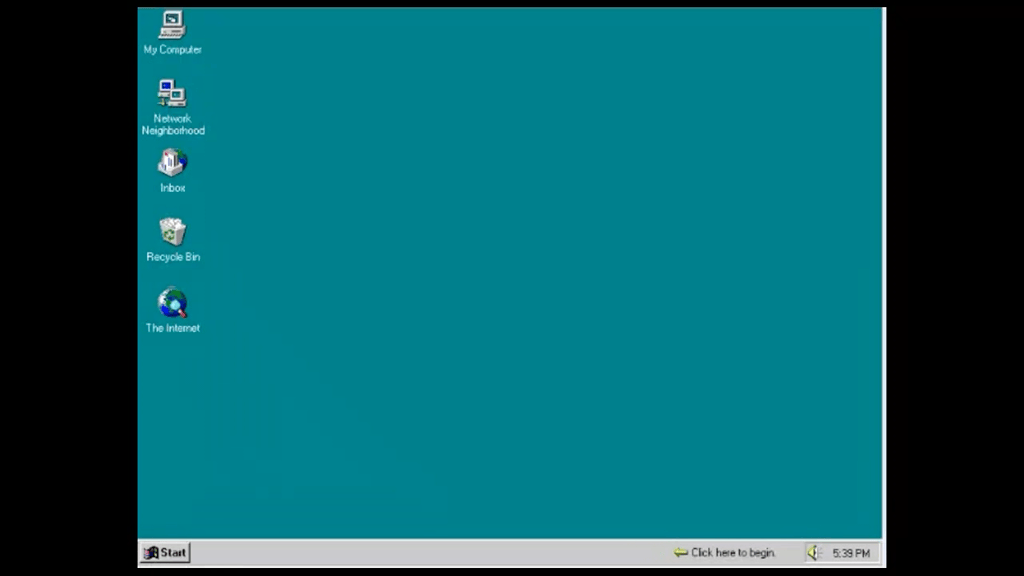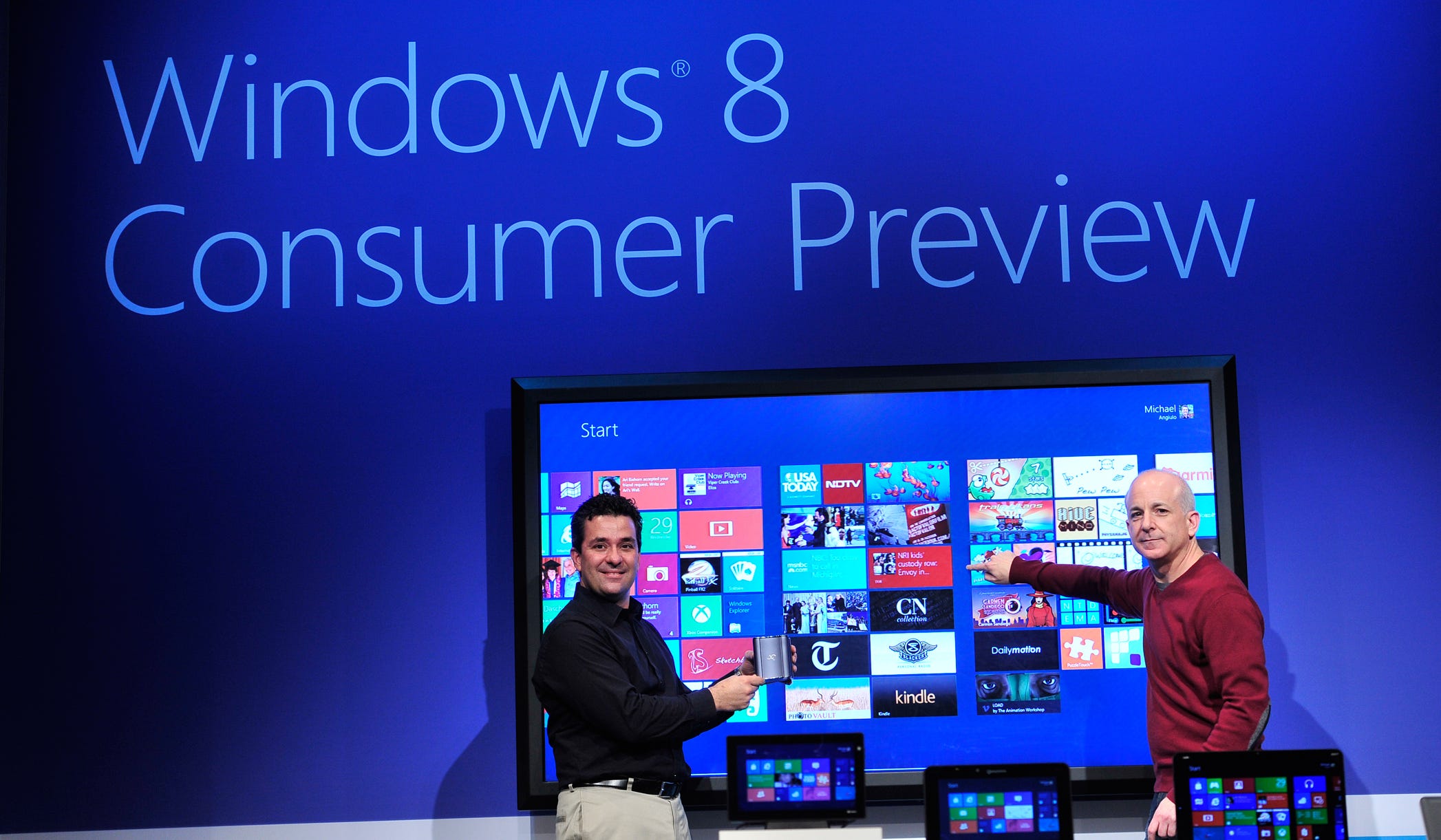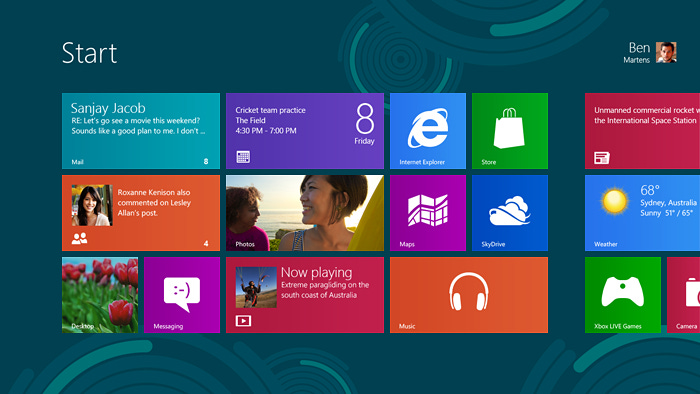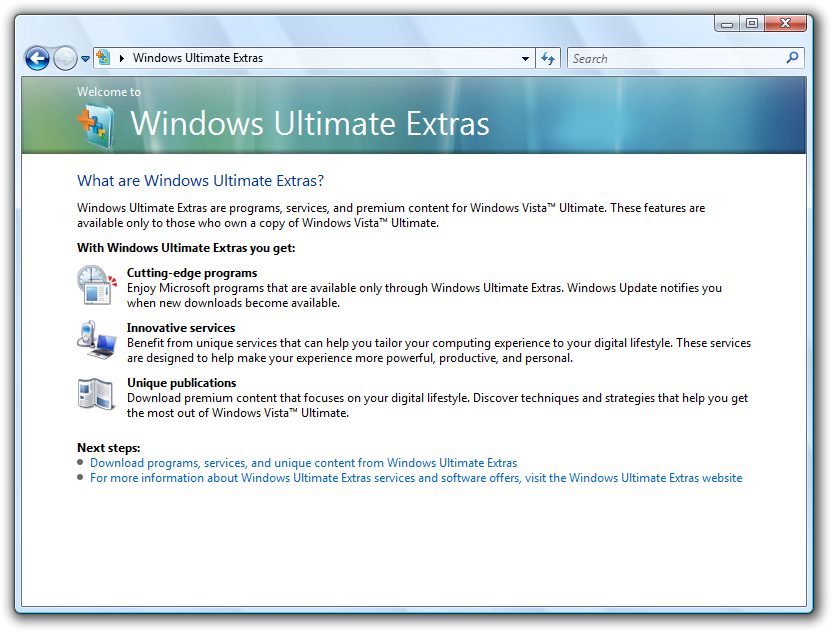092. Platform Disruption…While Building Windows 7 [Ch. XIII]
Description
Welcome to Chapter XIII! In this chapter we build Windows 7 and bring it to market. We start with all the forces that were shaping up to “disrupt” Microsoft (in the now classic sense) including the launch of the iPhone, cloud computing, consumer internet services, and even the perception of bloat (in Windows this time.) Each of these on their own would be significant, but they were happening all at once, while we were rehabilitating the team, hoping to ship on time for once. To add to the chaos of the moment, these forces appeared during the largest runup of PC sales, breaking 300 million units, followed by the biggest risk to PC sales growth driven by the Global Financial Crisis. A lot was going on competitively, setting the context in which Windows 7 would be built and launched. I thought about competition a great deal, so there is a great deal in this section.
Back to 091. Cleaning Up Longhorn and Vista
The days of competing head-to-head with our own past releases or with vaguely similar products were over. Windows faced outright substitutes, and they seemed to be working.
The Windows 7 team was progressing through engineering milestones M1, M2, and M3 with the energy and momentum increasing along the way, all while computing underwent radical changes at the hardware, platform, and user-experience layers. Everything appeared to be changing at once, just as we were getting our mojo back.
Microsoft’s products and strategy were being disrupted. We just hadn’t, or perhaps couldn’t, come to grips with the reality.
These disruptive forces appeared over the course of developing Windows 7, each one taking a toll on Microsoft’s platform value proposition. Each contributing to a small but growing chorus of changing times that started with the iPhone.
The iPhone was announced in January 2007, six months before Windows 7 Vision Day. The phone didn’t yet have an app store, an app SDK, didn’t run a full desktop browser, lacked push email for Exchange like a Blackberry, and even omitted basic copy and paste. Nobody at the time thought this phone was relevant in a competitive sense to personal computers. Heck, it even required a personal computer for some tasks.
Nobody except Steve Jobs.
We didn’t know the extent the competitive dynamic would shift a year later, creating a true and unforeseen competitive situation, an existential threat, for all of Microsoft.
I attended the iPhone launch event (rushing to it as it was the same week as CES that year) and walked away with a lot to think about for sure. It was easily one of the most spectacular launch events in the history of computing in my lifetime (after Windows 95 and the 1984 Mac launch and its toaster-size computer with a bitmap display that talked). Steve Jobs said one thing that proved to be incredibly important, with long-term implications overlooked by many [emphasis added, my transcription]:
We have been very lucky to have brought a few revolutionary user interfaces to the market in our time. First was the mouse. The second was the click wheel. And now, we’re going to bring multitouch to the market. And each of these revolutionary user interfaces has made possible a revolutionary product—the Mac, the iPod, and now the iPhone. A revolutionary user interface.
We’re going to build on top of that with software. Now, software on mobile phones is like baby software. It’s not so powerful, and today we are going to show you a software breakthrough. Software that’s at least five years ahead of what is on any other phone. Now, how do we do this? Well, we start with a strong foundation.
iPhone runs OS X. [applause]
Now, why, why would we want to run such a sophisticated operating system on a mobile device? Well, because it’s got everything we need. It’s got multitasking. It’s got the best networking. It already knows how to power manage. We’ve been doing this on mobile computers for years. It’s got awesome security. And the right apps.
It’s got everything from Cocoa and graphics and it’s got core animation built in and it’s got audio and video that OS X is famous for. It’s got all the stuff we want. And it’s built right into iPhone. And that has let us create desktop-class applications and networking, right.
Not the crippled stuff that you find on most phones.
This is real, desktop-class applications.
Most reviews mentioned it, but it did not take up nearly as much airtime as the touch screen. In fact, the absence of support for Adobe Flash in the iPhone browser seemed to even undermine this important fact for most. This important fact was the technology underlying the iPhone—the use of the full operating system was a massively strategic, risky, and difficult choice. Using OS X enabled Apple to gradually enable many Mac features over iterative development cycles, knowing that the code already worked. Apple could do this because it had bigger ideas for how it would break compatibility with the Mac and a bold new model for supporting developers to build third-party software. From the very start, the iPhone was destined to be a complete PC, only rebuilt bit by bit with a modern architecture and API. Not only did the iPhone bet on ever-improving mobile bandwidth as many criticized at the time, but it assumed mobile processors and storage would at least reach parity with the personal computer. In other words, from the very start the iPhone had a truck engine. (This reference will make sense in Chapter XIV.)
Windows had been taking the opposite approach which was to base the mobile platform on a nearly decades-old version of Windows, stripped down even, with thoughts though not goals of perhaps of catching up to the current desktop Windows by adding new code over time. The incredible challenges this decision introduced will become readily apparent, but only with the release of a new Windows phone operating system to compete with the iPhone. The diverging paths of Windows for mobile and laptop/desktop had been cast years earlier.
That summer, I lined up at the AT&T store at Pacific Place in downtown Seattle and picked up my black 4GB iPhone. Who needed 8GB on a phone? Some PCs were shipping with 4GB of storage and all of Windows XP. At the time of the launch announcement, I was quite skeptical of the touch keyboard and said so in an internal mail thread, pointing out if touch screens would work then Windows Phone had already tried and mostly failed. I had been a hardcore Blackberry (and later Palm Trēo) user since before general availability in the late 1990s. I was as much a CrackBerry addict as anyone. Some of the many Windows phones had a stylus like a Palm (or Apple Newton), but I never warmed to those and thought handwriting with a stylus was as dumb as Steve Jobs said at the launch. Within a few hours of having the phone (and a browser!), my worldview changed, especially about touch and especially about the evolution of operating systems. Even lacking copy and paste and relying on the slow AT&T 2G mobile network, you had to really try hard to not be impressed.
I remember emailing the co-founder of Blackberry and asking when there would be a full browser and in a long back and forth thread, he tried to convince me of the implications on battery life, lack of capacity on the phone network, and even the lack of utility. While months earlier I might have been sympathetic, I was now staunchly on the other side of this debate.
Inside the company, the iPhone went largely unnoticed outside of small pockets of people, and of course the phone team. Not because it was not a breakthrough product, but because it did not fully connect to our corporate mail service, Microsoft Exchange, as it was configured and permissioned by Microsoft’s IT group. Only those of us running on the testing servers, dogfood, were able to use an iPhone for email, and even then it had no support for our much-loved rights-managed email and Microsoft directory. There was a significant debate over whether maintaining this capability was good for self-hosting and competitive knowledge or bad for supporting competition. It was also about this time that support for using Blackberry was disabled. I put up a huge battle over this only to delay the inevitable. Making it difficult to fully host on competitive products was short-sighted but impossible to stop, even as a senior executive. This was done to “eat our own dogfood” even if the result meant truly innovative and competitive products would only receive cursory use.
While SteveB’s comments around the iPhone launch have become something of an historically bad take as he somewhat mocked the high price, it is crucially important to understand that he as much reflected as simply shared the collective viewpoint of the entire PC industry, and most of the mobile industry. Collectively, nearly every party underestimated the ability for Apple, with no experience in the mobile industry, to deliver a hit product while also resetting the norms of the mobile carrier business model—the same carriers that Steve Jobs described as “orifices” during an interview two years before the world knew about the phone.
The two fundamental assumptions of the PC industry that guided it to nearly 300 million units a year were low prices with consumer choice and a horizontal layering of hardware and software. This business model and technology architecture together enabled the PC. For all the struggles between OEMs, Intel, Microsoft and more, the success was indisputable, especially relative to the Apple model of premium price, limited choice, and a vertically integrated, singl

![092. Platform Disruption…While Building Windows 7 [Ch. XIII] 092. Platform Disruption…While Building Windows 7 [Ch. XIII]](https://substackcdn.com/feed/podcast/82387/post/64867897/fc7d958f8115ef0d95ea5a92c0d423b4.jpg)
![108. The End of the PC Revolution [Epilogue] 108. The End of the PC Revolution [Epilogue]](https://substackcdn.com/feed/podcast/82387/post/86893731/d3f1348af12bf87ffb878bd65cadb0ba.jpg)






![101. Reimagining Windows from the Chipset to the Experience: The Chipset [Ch. XV] 101. Reimagining Windows from the Chipset to the Experience: The Chipset [Ch. XV]](https://substackcdn.com/feed/podcast/82387/post/75881900/3a3075fad2c894721724f8a92013a812.jpg)



![097. A Plan for a Changing World [Ch. XIV] 097. A Plan for a Changing World [Ch. XIV]](https://substackcdn.com/feed/podcast/82387/post/70543793/bbf82f6a403f39f35f097a445d9bf827.jpg)










